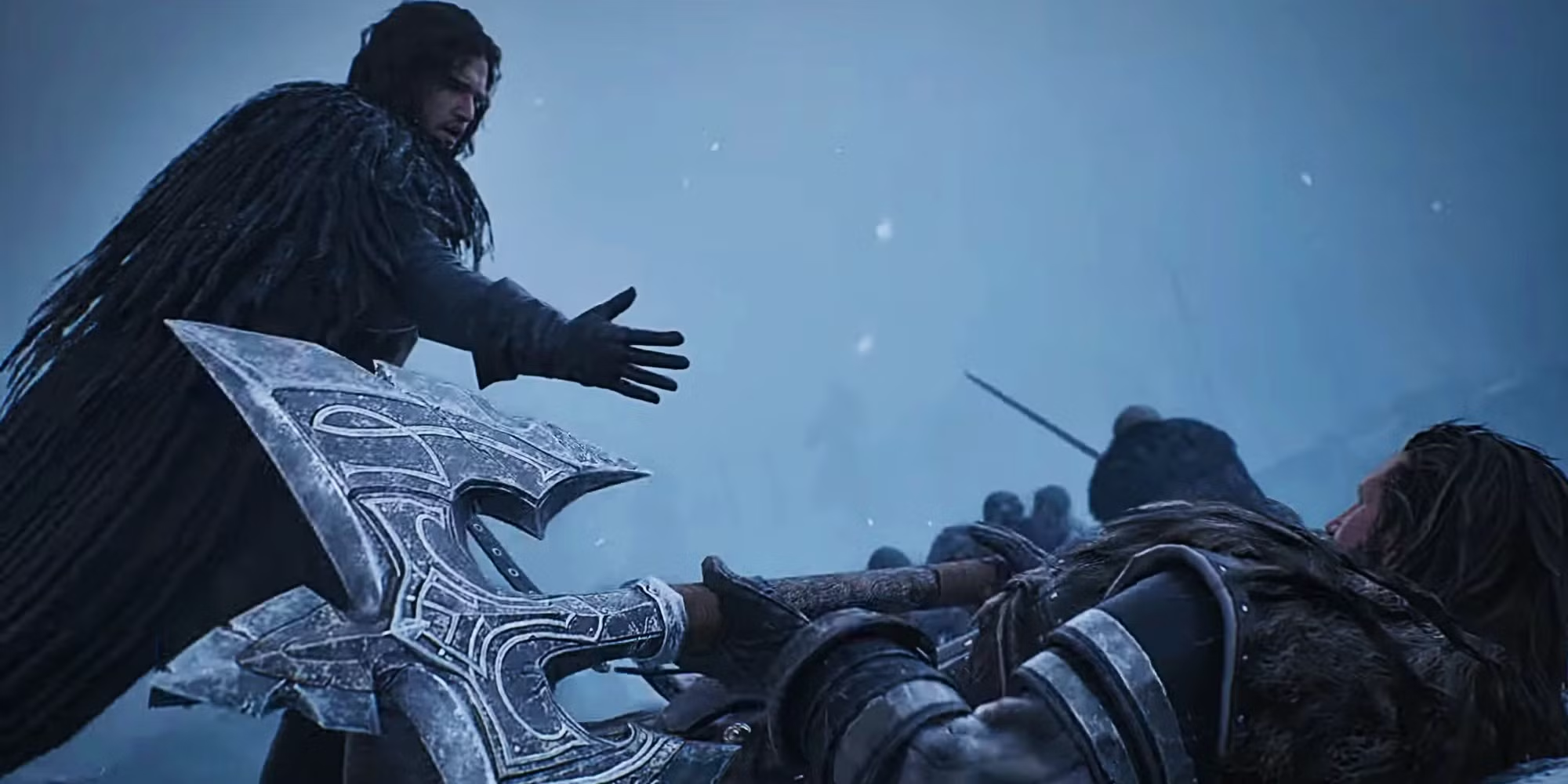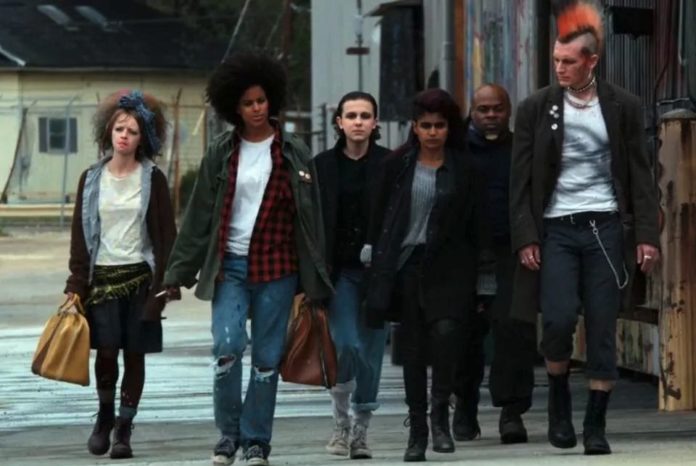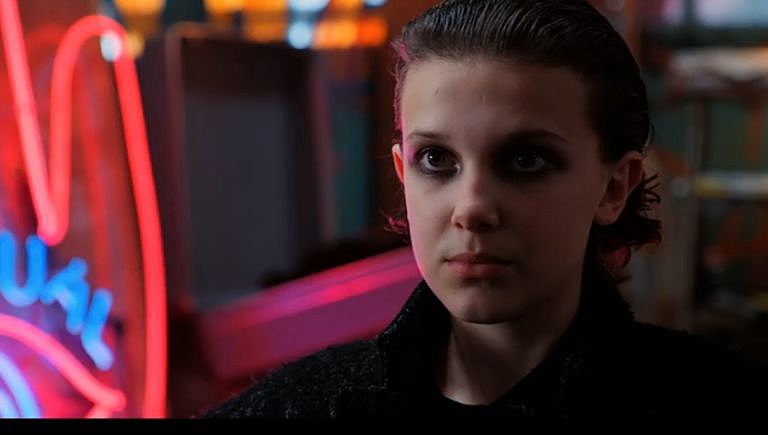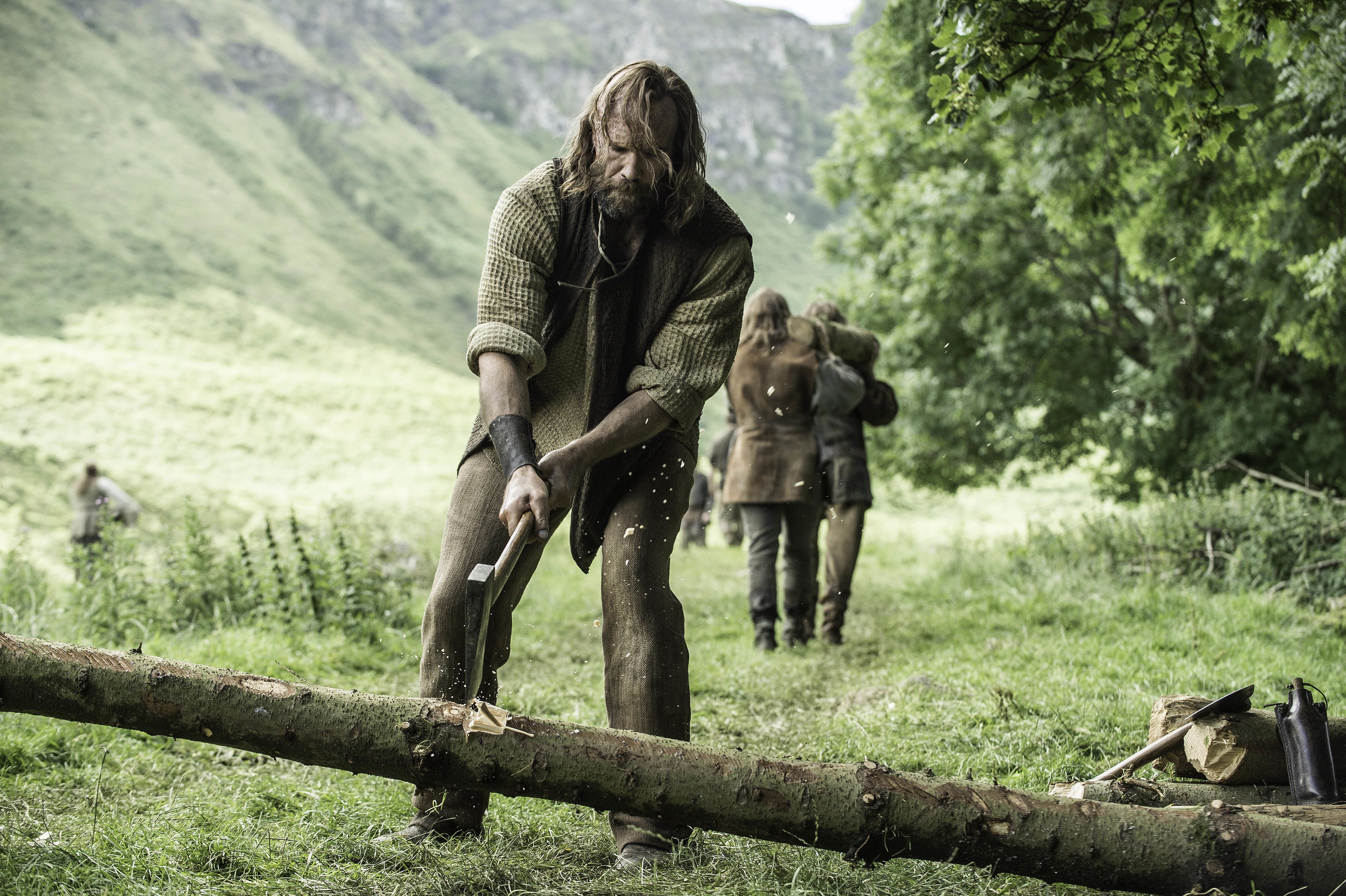WARNING: THIS POST CONTAINS SPOILERS FOR STRANGER THINGS SEASON 2
Stranger Things is one of the few shows out there that can compete with Game of Thrones when it comes to buzz, and with Netflix having released the second season just last week, it’s been generating plenty. The reviews are good, fan reaction has been ecstatic, and people are already jonesing for more. All in all, it’s been a rousing success!
With one exception. While most people (including me) have loved the new season overall, many (including me) were put off by the seventh episode, entitled “The Lost Sister.” This episode took us away from Hawkins, Indiana, the small town where most of the show is set. It focuses entirely on the adventures of the telekinetic Eleven, who travels to Chicago and reunites with Kali, another girl who, like Eleven, was experimented on early in life. Kali has joined up with a gang of edgy misfits, and is intent on hunting down and killing the people who tormented her as a child.
Let’s take a look at some fan reactions:
And there’s more where that came from.
Why did people react badly to this episode? Most obviously, it interrupts the story we had been following back in Hawkins, shearing away the main cast save for Eleven and offering up a new, underdeveloped story as a replacement. It replaces character we know and like — Mike, Will, Dustin, and the rest — with new people who are far less well-drawn. While Kali herself is an interesting foil to Eleven, her comrades — who have ridiculous names like Funshine and Axel — are made up of ’80s punk cliches. They’re not so much characters as they are haircuts with attitude, and can’t help but pale in comparison to the gang from Hawkins.
In a way, this detour reminds me of what happened in Game of Thrones season 5, when the show took us to Dorne for several episodes. As in “The Lost Sister,” we take a brief leave of absence from the plots that interested us — Stannis marching on Winterfell, Cersei trying to rule King’s Landing, etc — to spend time in a new location and with a new story driven by characters far less complex than the ones we were used to watching. As in “The Lost Sister,” we have one character from the main cast — Jaime Lannister — to anchor things in the familiar. But in both cases, this isn’t enough. When compared to fascinating characters like Arya, Sansa and Jorah Mormont, figures like Nymeria, Obara, and Tyene Sand (known as the Sand Snakes) come off as bland blobs of girl power, as cliched as Kali’s band on Stranger Things. The audience recoiled from them and their under-thought story, and no one could blame them.
Could Game of Thrones have just skipped the Dorne sections entirely? Maybe, but the developments there did eventually work their way back into the wider story, so I think the solution would have been to write the Dorne plot better rather than to cut it. In the same way, “The Lost Sister” did push the plot of Stranger Things forward — Eleven dealt with an important figure from her past, tried out a new way of living, came to the conclusion that it wasn’t for her, and recommitted herself to her friends back in Hawkins. It was an important step on her emotional journey.
But there has to be way for her to take that step without getting mired in cliche and embarrassing audience and producer alike. I mean…did I mention there’s a bit where Eleven puts on intense black eyeliner and walks into the camera in slow motion? It’s bad, you guys.
Stranger Things might have done well to take a page out of a different section of the Game of Thrones playbook. Thrones may have botched the Dorne plot, but there was another time it took us to an entirely new area with an entirely new set of characters and made it work. I’m talking about the Hound’s reintroduction in season 6’s “The Broken Man.”
At this point in the show, we hadn’t seen the Hound for a while. Then, unexpectedly, he shows up in a peaceful settlement somewhere in the Riverlands. As in “The Lost Sister,” the tone of the Hound sections is completely different from what we were used to onThrones — it’s lighter, brighter, and happier, almost like these scenes were shot for a different show. As in “The Lost Sister,” we have a familiar character — the Hound — as our anchor. As in “The Lost Sister,” there’s a new character with whom our anchor has a significant relationship: Brother Ray, played by Ian McShane. And like Eleven in “The Lost Sister,” by the end of “The Broken Man,” the Hound is ready to reenter the main story.
So why does the Hound’s detour work while Eleven’s doesn’t? Mainly because the Hound’s doesn’t outstay its welcome. Like Eleven, the Hound tries out a new way of life — pacifism — and by the end of the episode finds that it doesn’t work for him. But Game of Thrones takes him on this journey with far more economy than Stranger Things. It focuses on the one new character who means something — Brother Ray — rather than introducing a gaggle of new ones who couldn’t have hoped to be developed beyond cliche given the brief time they’d be allotted. And it keeps tracing the threads of other storylines at the same time, so we don’t feel the Hound’s side-story is highjacking the show.
If Eleven’s trip to Chicago had been pared down to focus just on the relationship between her and Kali, and if those scenes had been weaved into Stranger Things proper rather than given their own episode, I think it would have worked much better. Game of Thrones has been around for a long time, and heading into season 3, I hope Stranger Things and other shows can learn from both its failures and its successes.
To stay up to date on everything Game of Thrones, follow our all-encompassing Facebook page and sign up for our exclusive newsletter.
Watch Game of Thrones for FREE with a no-risk, 7-day free trial of Amazon Channel
h/t HelloGiggles




















![[Book Review] The Blade Itself (The First Law Trilogy) by Joe Abercrombie](https://bendthekneegot.com/wp-content/uploads/2018/01/1516047103_maxresdefault-218x150.jpg)




















